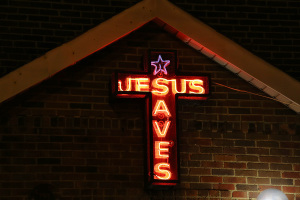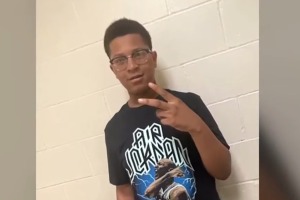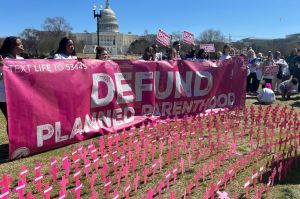Why Are Churches So Homogeneous? Pastor Asks
Pastors in the United States need to be intentional in making their congregations less homogeneous and more multi-ethnic, says the pastor of one of the fastest growing churches in the country.
Derwin L. Gray, the founding and lead pastor of Transformation Church located in Fort Mill, S.C., said that his conviction to see churches become more ethnically diverse comes straight from the Bible.
Transformation Church grew from a congregation of 178 to 1,500 attenders in one year. Outreach Magazine recently ranked it as the second fastest growing church by percentage.
Gray told The Christian Post that his church includes about a 60 percent majority of the race (Caucasian) reflected in the local population. The remaining 40 percent reflects a mixture of other ethnic groups. On average, U.S. churches have an 80-20 split between majority and minority ethnic groups.
“I’m very passionate about the Gospel, and the Lord Jesus, and one of my core convictions is that the result of [applying] the Gospel in the local church whenever possible is that it should reflect the ethnic diversity in which it finds itself,” Gray said.
He said he would like other church leaders to be encouraged by the ethnic diversity found at Transformation Church and recently wrote a blog post on the subject.
In his post, “Why is the Local Church So Homogeneous?” at Pastors.com, Gray writes:
“The first ingredient to building a healthy multi-ethnic church is that the leaders’ hearts must be seized by the Biblical conviction that God wants His Church to be multi-ethnic, whenever possible.
“Multi-ethnic church is not in addition to the Gospel, it is a result of the Gospel (Ephesians 2:11-18; 3:1-12; Rev. 7:9; Gal. 3:28). Transformation Church is multi-ethnic because of Biblical and missiological convictions, not sociological convictions.”
According to Soong-Chan Rah, author of Many Colors: Cultural Intelligence for a Changing Culture, only seven to eight percent of American congregations are integrated. Yet by 2050, white Americans are expected to no longer comprise the majority of the U.S. population.
Gray encourages pastors to pray and fast for a leadership team that “reflects the multi-ethnic diversity of the community in which God has placed you to be a missionary outpost (local church).
He also says that diversity in worship styles is crucial to developing a healthy multi-ethnic church.
“Some weekends our worship style will reflect a Passion rock sound, another weekend it will reflect an R&B sound or Latino sound. And some weekends you may hear rock, R & B, and Latino, along with an ancient hymn, in the same worship service,” Gray states. “Regardless of the worship style, Jesus will be made much of!”
Gray is a former NFL defensive back, who played for the Indianapolis Colts and Carolina Panthers. He is sometimes known as the Evangelism Linebacker.
He said that his ethnic background plays a part in his passion to give a message about the Church’s need for diversity.
“Being an African-American male, God has used that because when I first came to faith in the evangelical world and then I was catapulted into ministry work I would travel around the country and I would speak and I would look around and think, ‘Wait a second. Why is there a lack of diversity in the church and at the events I was at? And the churches and events were in areas that were ethnically diverse.’”
Still, Gray said his main motivation is the Gospel, not his ethnicity, and that’s the message he wants to give church leaders. Ethnic diversity should be brought to the forefront, he said.
“It’s is not a pressing issue or even a thought. We divorce ethnic diversity from the Gospel and make it an addition to the Gospel, versus, [ethnic diversity] is the outflow and implications of the Gospel,” Gray stressed.





























